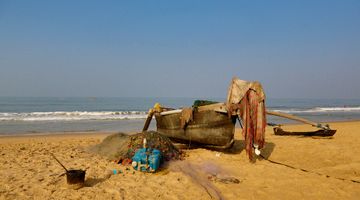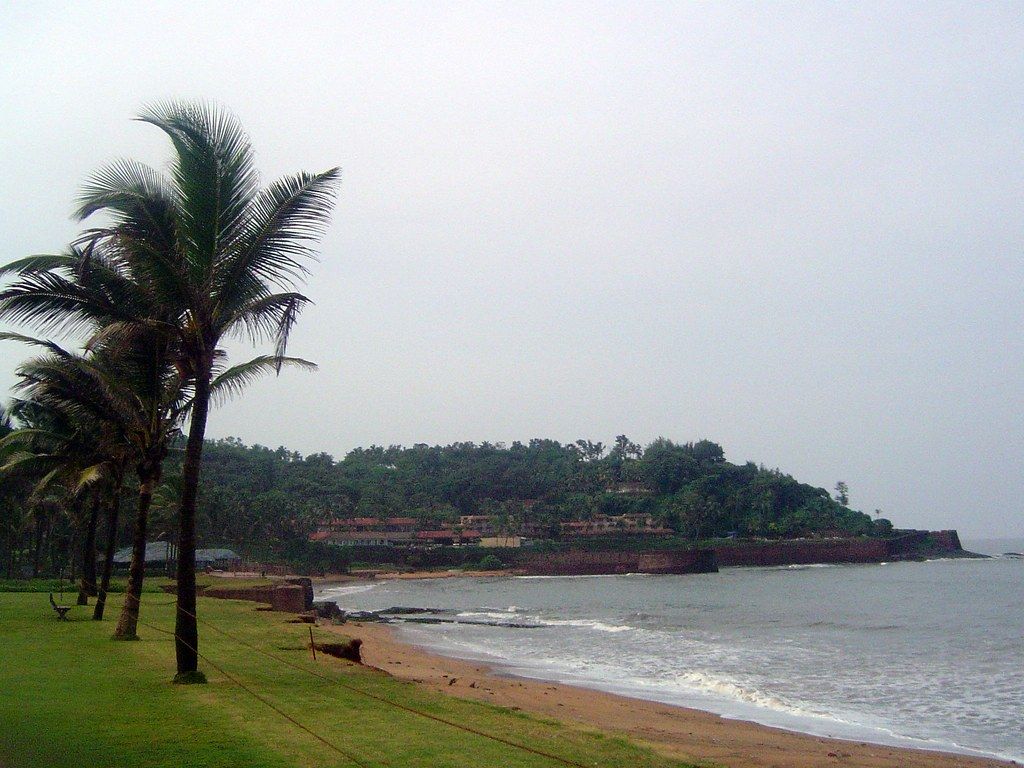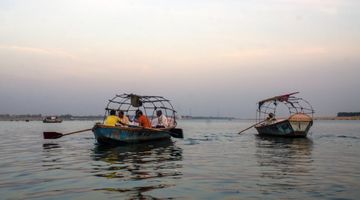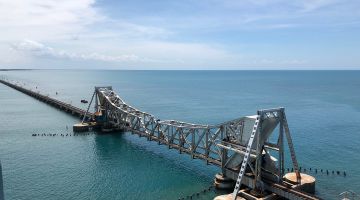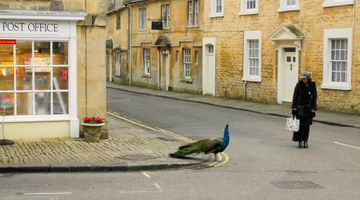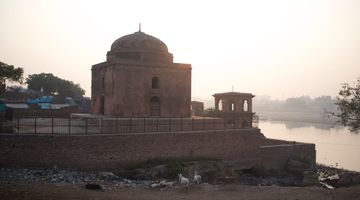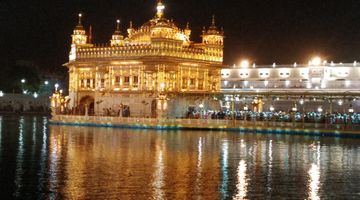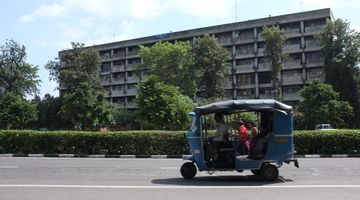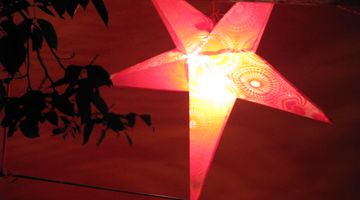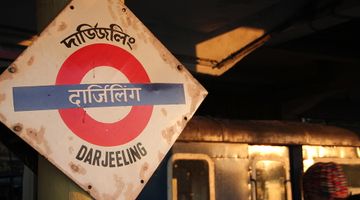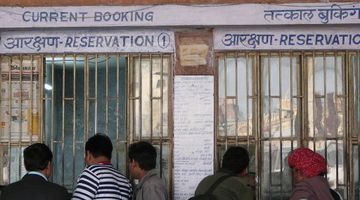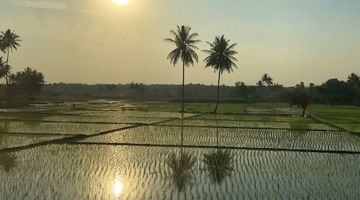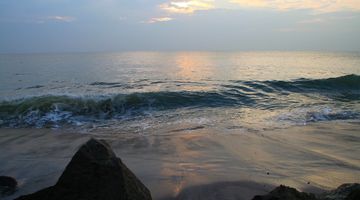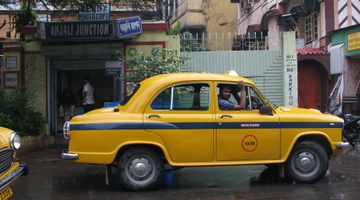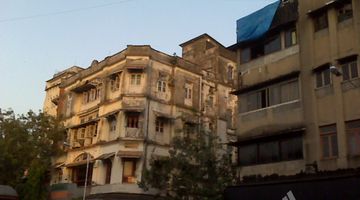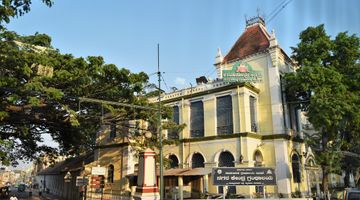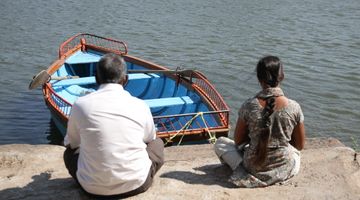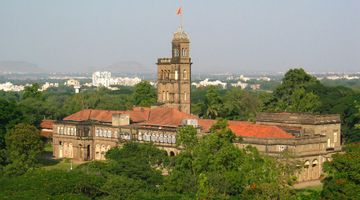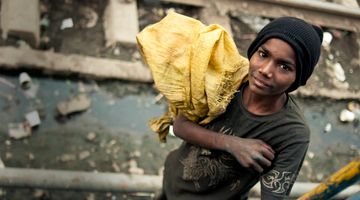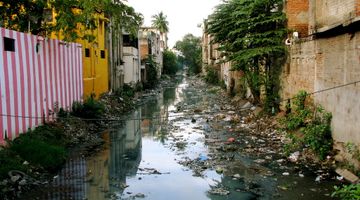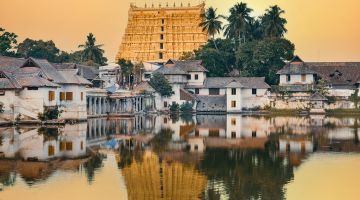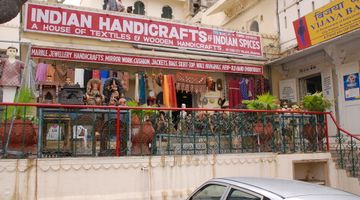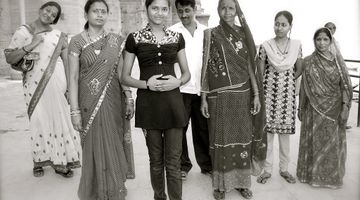Goa India – Your Quick Travel Guide
In a nutshell
The jovial atmosphere of Goa – situated midway down India’s southwest coast – along with its numerous beaches, its market towns and its buoyant locals sets it apart from the rest of India, making it one of the most popular traveller destinations since the early 1970s.
Why go to Goa?
Goa is divided into three main parts Central (Panjim), South (Margao) and North (Mapusa), and despite its relatively recent industrialisation – on the whole – remains a rural state. It is abundant with verdant landscapes and exotic wildlife, which coexist alongside its grandiose architectural backdrop left by the Portuguese colonial settlers.
Just over six miles from the state capital, Panjim, Old Goa and its enclave of colonial-era Catholic churches and gold-gilded Hindu temples are some of the key attractions inland.
Another incentive to explore further inland is the Bhagwan Mahaveer Sanctuary and Mollem National Park, 35 miles east of Panjim. It offers spellbinding views, a varied selection of coastal wildlife – bluebirds, leopards, cobras, buffalo – and houses Indian’s biggest waterfalls, Dudhsagar. The best way to get to this place is by taxi which is about an hour’s drive from Margao, and costs between INR500/800.
After an excursion into the wild, return to Margao’s famous Square, Praca Jorge Barreto, and make your way south straight to its bustling bazaar. Here you will find almost everything from chickpea-and-lime snacks (INR20) to traditional Indian spices, nuts and incense. It is also worth exploring the surrounding lanes, where you will come across an excellent government-run Khadi Gramodyog shop, selling authentic Indian silk and cotton, as well as off-the rack traditional garments.
Further south of the market is the site of Shiva temple, where hoards of Hindus flock to each day for evening puja to offer fruit and floral garlands to one of South India’s most revered Gods. Monte Hill, about a 20-minute walk north from the centre, provides the best view of Margao and is certainly worth the climb to the small chapel on Padre Miranda Road. The sweeping panorama of the town, and Salcete sub-district’s palm-fringed coastal plain, is superb.
Do not miss Panjim’s primary landmark, Church Square, famous for its pearl-white baroque church of Our Lady of the Immaculate Conception. From there set out on a tour in search of some local fare and evening entertainment.
Another thing to mention about Panjim is the shopping here, which while sparse in authentic artisan handicrafts, does offer some local specialties such as cashew nuts, Feni and original paintings of typical Goan vistas done by some little-known local artists. If you are into designer clothes, however, there’s a great little boutique, Sosa’s, beside the Horseshoe Restaurant, which sells some very glamorous but expensive apparel. The atmosphere in Panjim offers a unique fusion of both Asian and European, buzzing with activity and Konkani pop music, which is nothing if not intoxicating.
Where to eat in Goa
Swanky Mughlai restaurants and local South Indian eateries all cater for both veg and non-veg visitors. Known for its fish and seafood curries Goa is also famous for its chicken xacuti, sarpotel and bangda masala fry. All these are widely available as are Thalis, the most filling and popular of all India set-meals. The prices range from INR250 to INR60.
Where to stay in Goa
The great thing about accommodation in Goa is that there are plenty of options according to you budget; hostels (INR200/250), mid-range guest-houses (INR650/800) and luxury hotels (INR900/1500). Most of these do offer free Wi-Fi and taxi/tour bookings. It is also worth noting that all accommodation is about 50 per cent more expensive in Panjim than elsewhere, with costs reaching as high as INR2000 per night.
If you need to stay in Goa overnight around Margao station on your way to other destinations in India. You are likely to have no problems at all – even in mid-January, the very peak of high-season – which commences from about mid November and ends in early March. A double room right at the station, a clean and airy en suite, will easily cost you aboud INR850. The price of rooms at Margao station vary, according to size and time of year, all being cheaper off-season. Look around for alternative accommodation – it is always pretty easy to find due to large billboards advertising various options for both long and short-term stays.
How to get around Goa
Getting around Goa as well as to and from its beach resorts, is pretty easy if you don’t mind hopping on a local bus. Though seats might be sparse, they’re pretty reliable and cheap.
To get to Panjim from Margo, for example, about an hour’s journey, will cost you INR20. Tickets are sold on board by bus conductors, although you can also purchase them directly from the state transport company, Kadamba, at their offices in either Panjim or Mapusa (open daily 9-11pm and 2-5pm).
Motorbike and bicycle rental shops are aplenty here, especially in beachside resorts. Although you do need an International Driving License to rent a motorbike most companies will overlook this. Motorbike rentals can cost anywhere from INR300 upward per day, while bicycles are a much cheaper option with prices ranging from INR50/80.
Rickshaws and motorcycle-taxis are also a great way to get around, but you will have to haggle for a deal; about INR50 should get you around town.
How to get to and from Goa
Transport-wise Goa is pretty well set up for local and national travelling, however, if you wish to travel internationally you’ll first have to reach either Delhi or Mumbai.
This is pretty easy, considering Dabolim has as many as 15-20 daily flights to the latter. Fares vary greatly according to each airline, but the cheapest around can be as low as INR600 courtesy of Deccan, SpiceJet and Kingfisher Airlines. Flying with India Airways, Jet or Air India is far more expensive with prices starting at around INR7000.
The other alternative routes to Mumbai are either by train or by bus. Four to five trains run from Margao to Mumbai daily, costing around INR1000 upward. Buses are, of course, far cheaper with prices starting from INR500/900.
Dabolim airport also runs other national flights to Delhi; Bangalore; Chennai; Kochi; and Hyderabad. Flight frequency varies, but some of these destinations can also be reached by train. You can get to Delhi from Margao (1-2 daily, 26-35hr); Kochi (5 daily, 13-15hr); Mumbai (4-5 daily, 12hr); Mangalore (5 daily, 4-6hr); Udupi (4 daily, 3hr 40min) and Thiruananthapuram (2 daily, 16hr) to name but a few.
Upon arriving to Goa’s Dabolim Airport take a local bus from right outside the airport terminal, which runs every half hour and costs less than INR20, to Margao Railway Station (17 miles) and catch the first available train to Mumbai, of which there are several running daily. Two of the fastest are Mandvi Express, which departs around 10am and reaches Mumbai by about 10pm and Konkankanya Express, which leaves at 6pm and reaches Mumbai around 5.50am the next day.
If you arrive from Mumbai to Mupasa overland, however, and intend to visit one of North Goa’s beaches (e.g Candolim, Calangute, Baga, Anjuna, Arambol) you’re better off heading straight to the coast by either rickshaw or taxi, prices vary according to you destination but a taxi to Candolim, for example, will set you back about 400INR, while a rickshaw will charge a fraction of the cost at INR100. Mapusa itself is of little interest, consisting of dusty roads and derelict buildings, dotted around a sloping hill. It does have one thing of note, however, a lively Friday morning market known for selling fresh seafood.
Is Goa a safe place to visit?
On the whole Goa is a wonderfully diverse, convenient and safe place, however, we were advised to carry our valuables on our person. It is widely known that tourism related crime is rife here, therefore, most hotels do offer some kind of safe deposit facility.
Police assistance is erratic in Goa, corruption is rife and baksheesh is pretty commonplace.
While the same cannot be said for Goan healthcare. If you should fall seriously ill GMC hospital in Panjim is one of the best, although severely understaffed. Alternatively you may make use of one of many private clinics, which can be expensive.
Most accidents in Goa are alcohol or drunk-driving related so it is worth keeping in mind while travelling in and around this remarkable state that you should look both ways before crossing the road.
